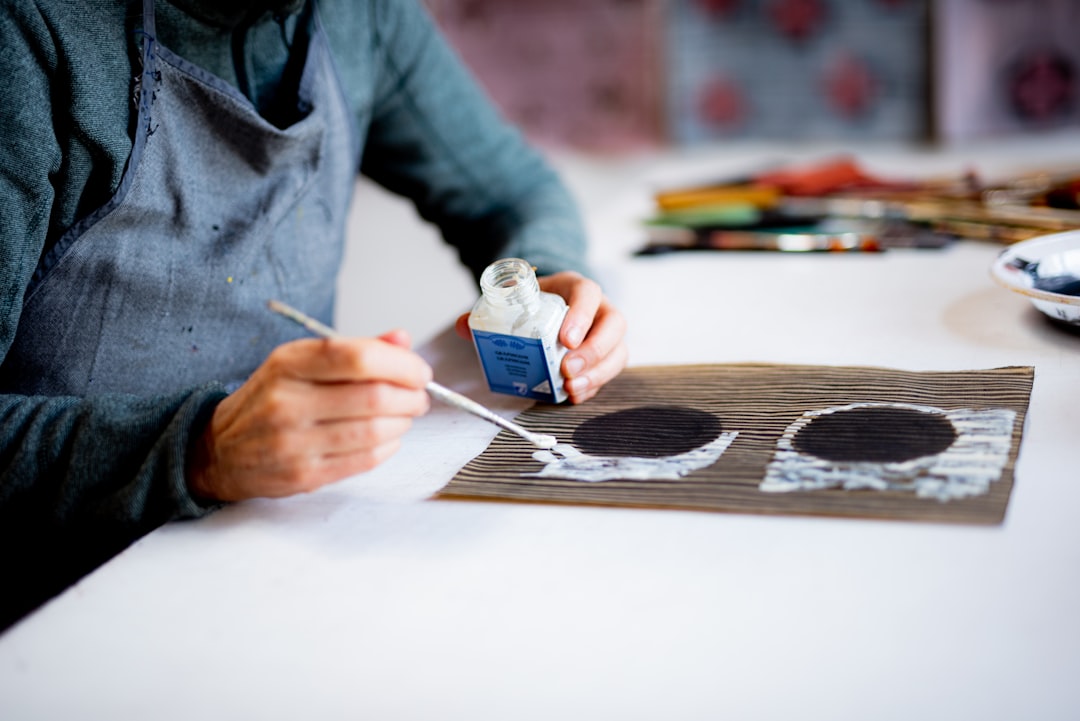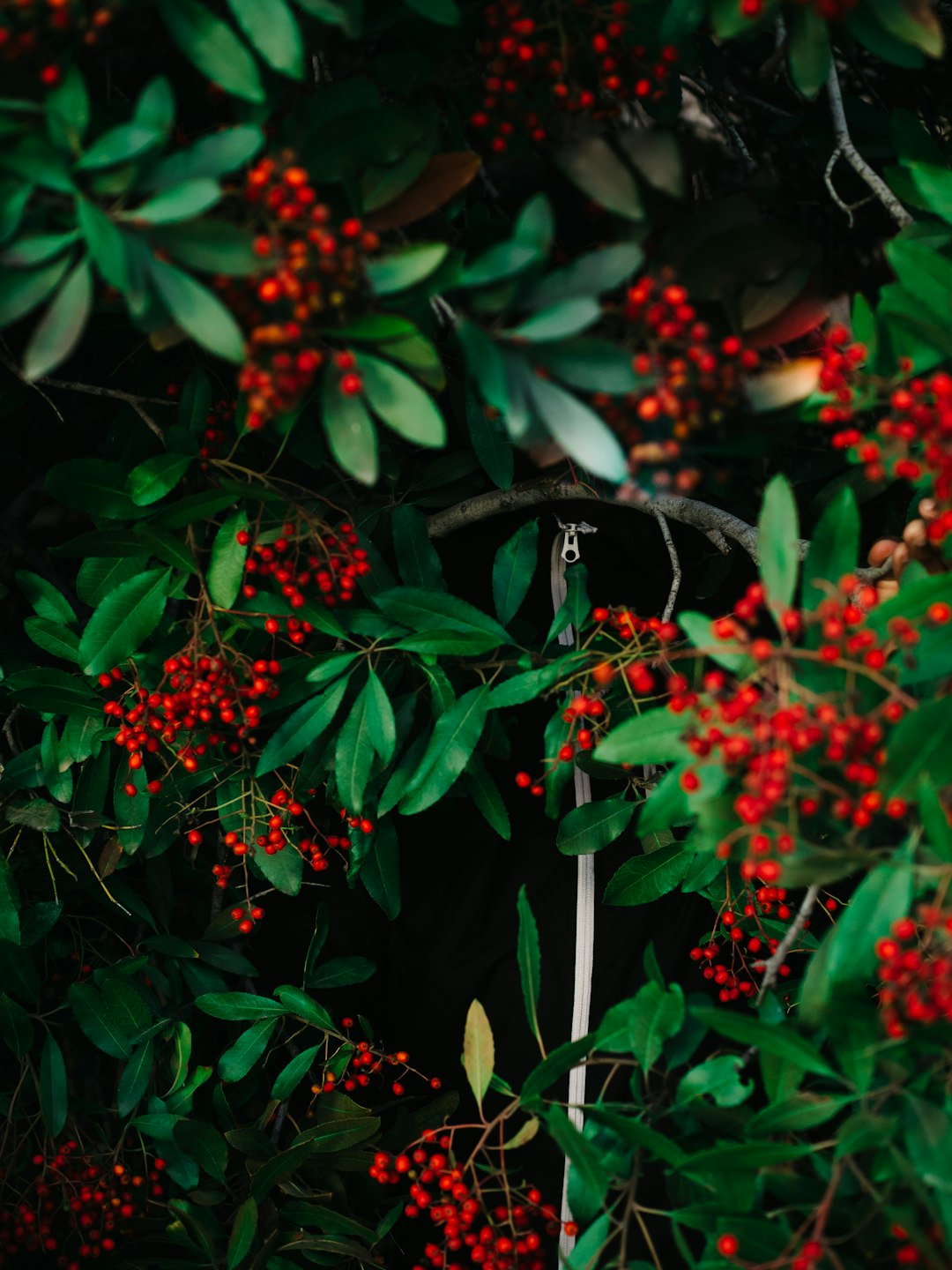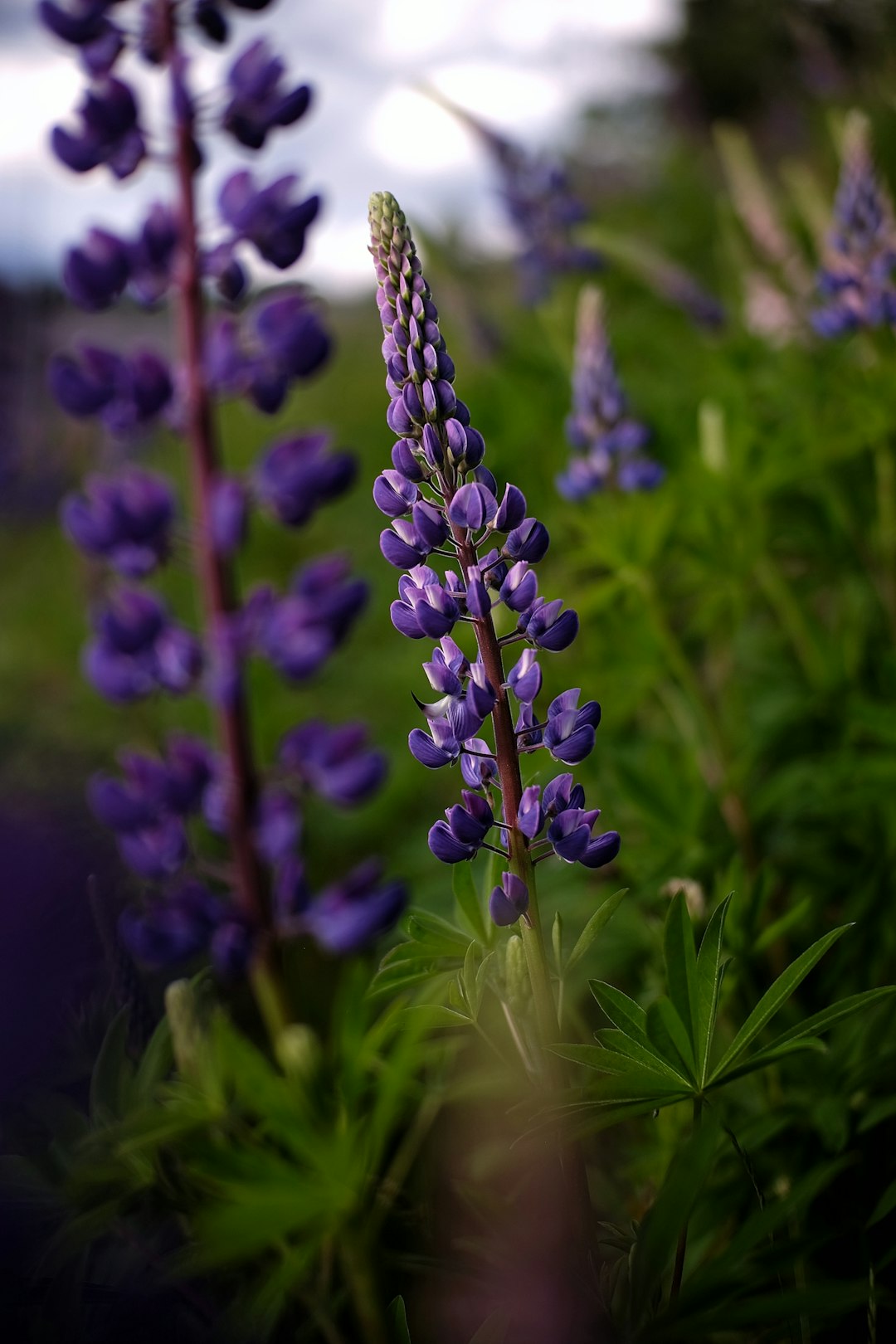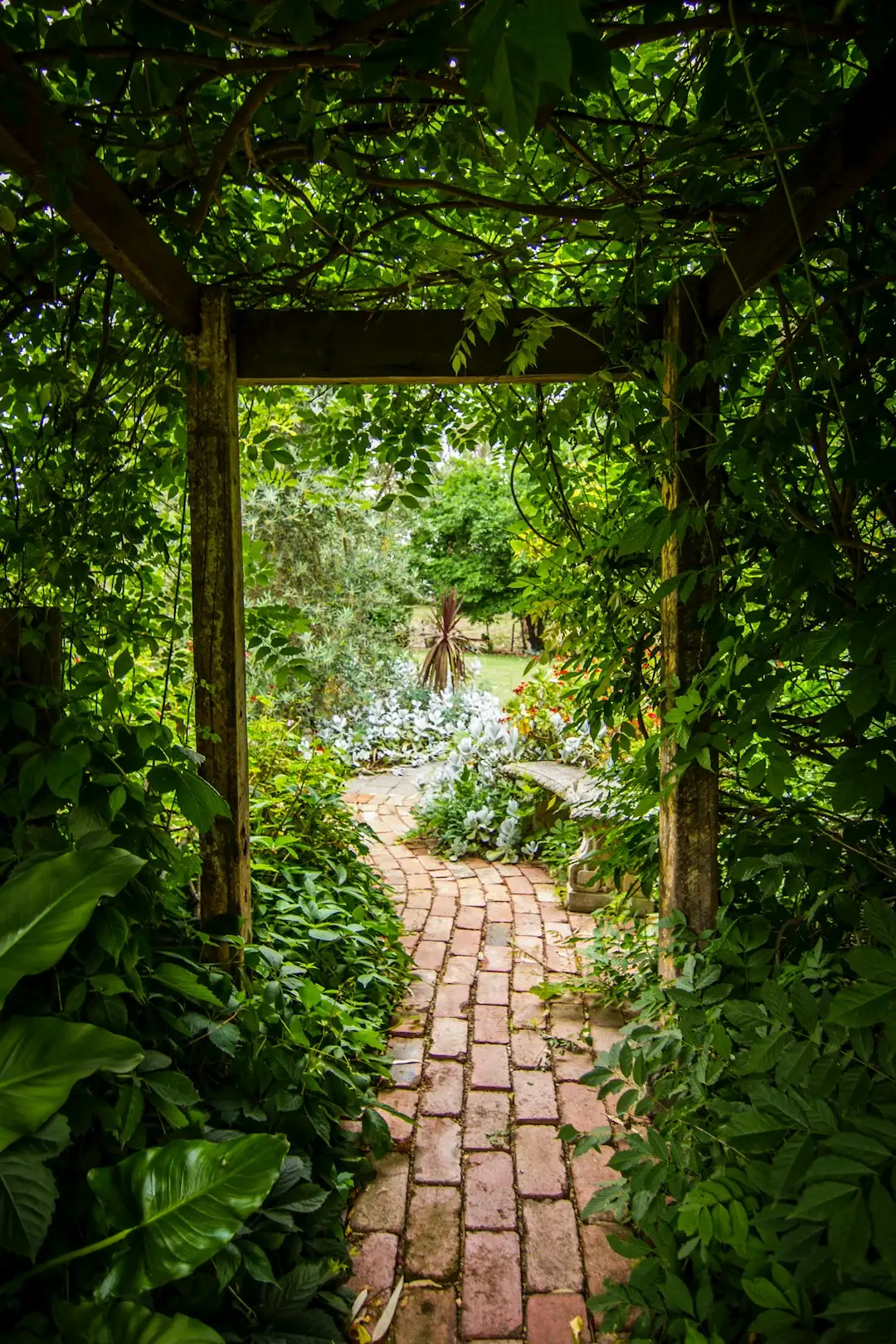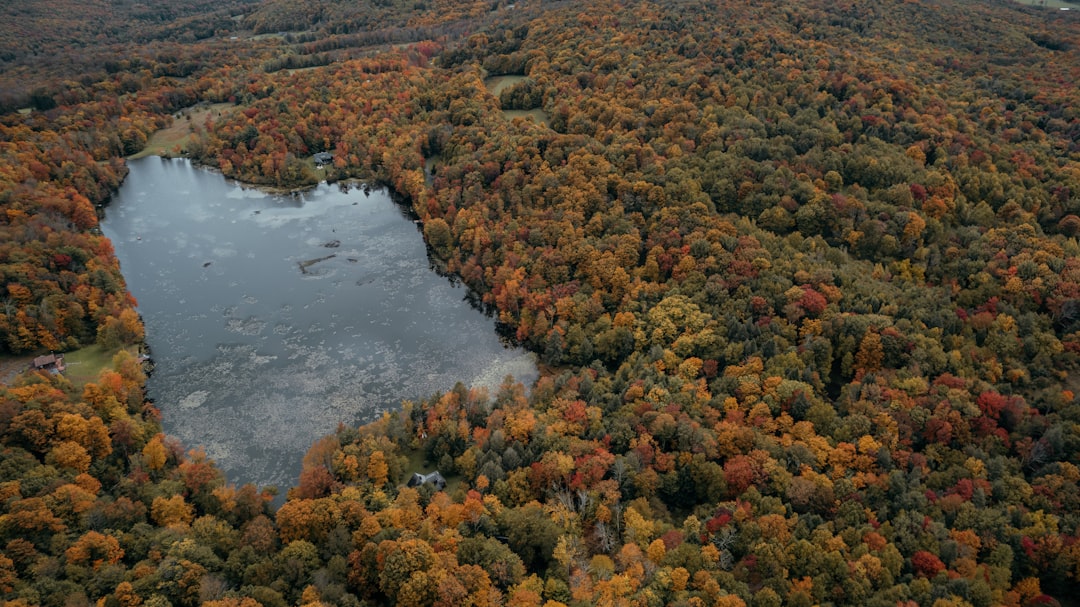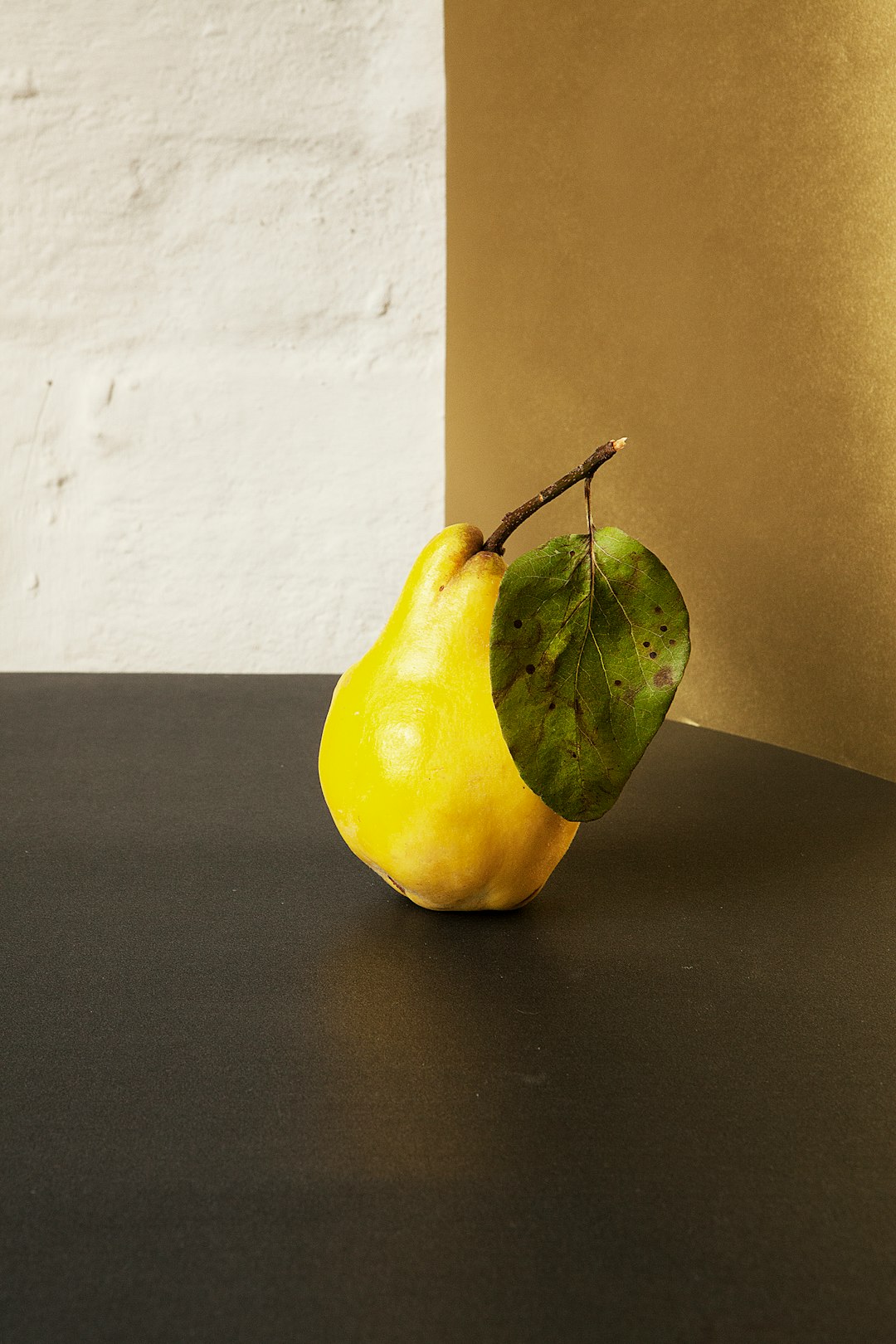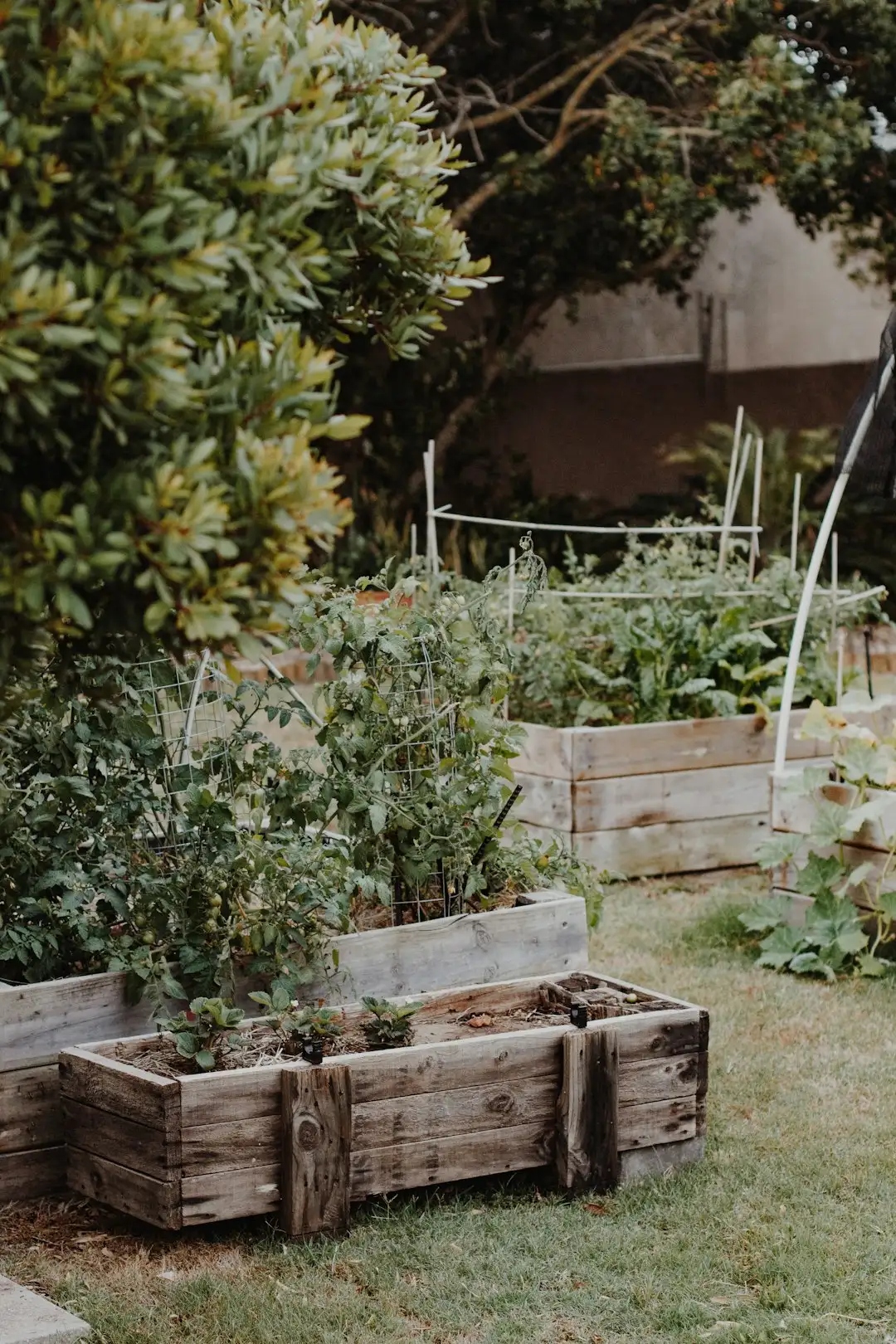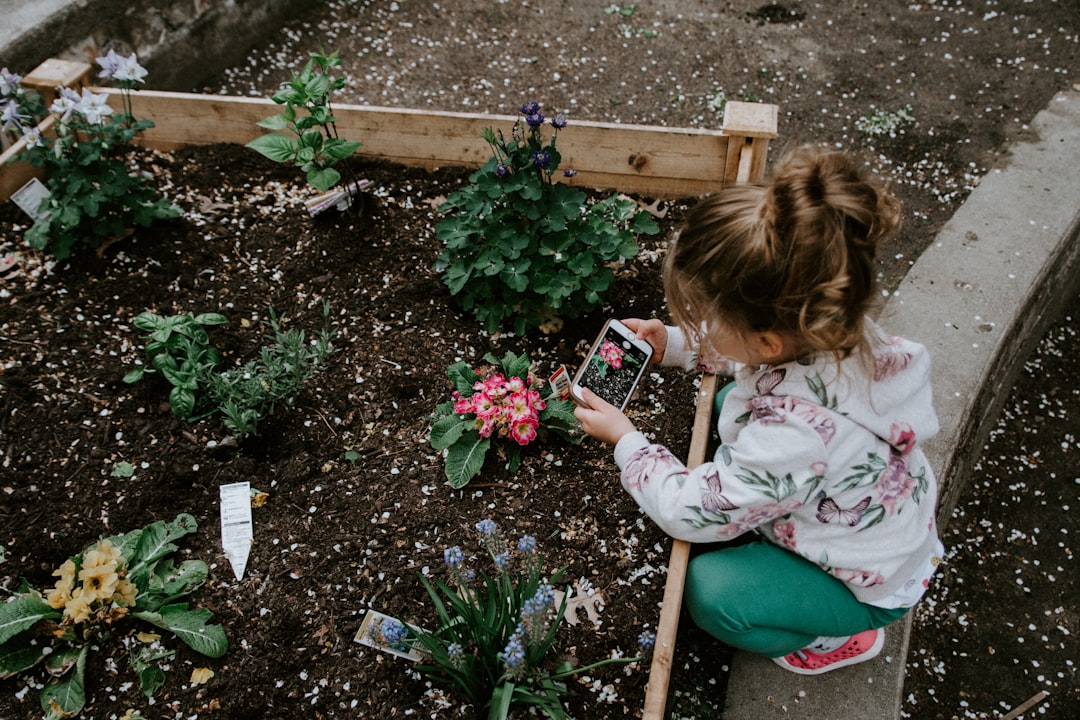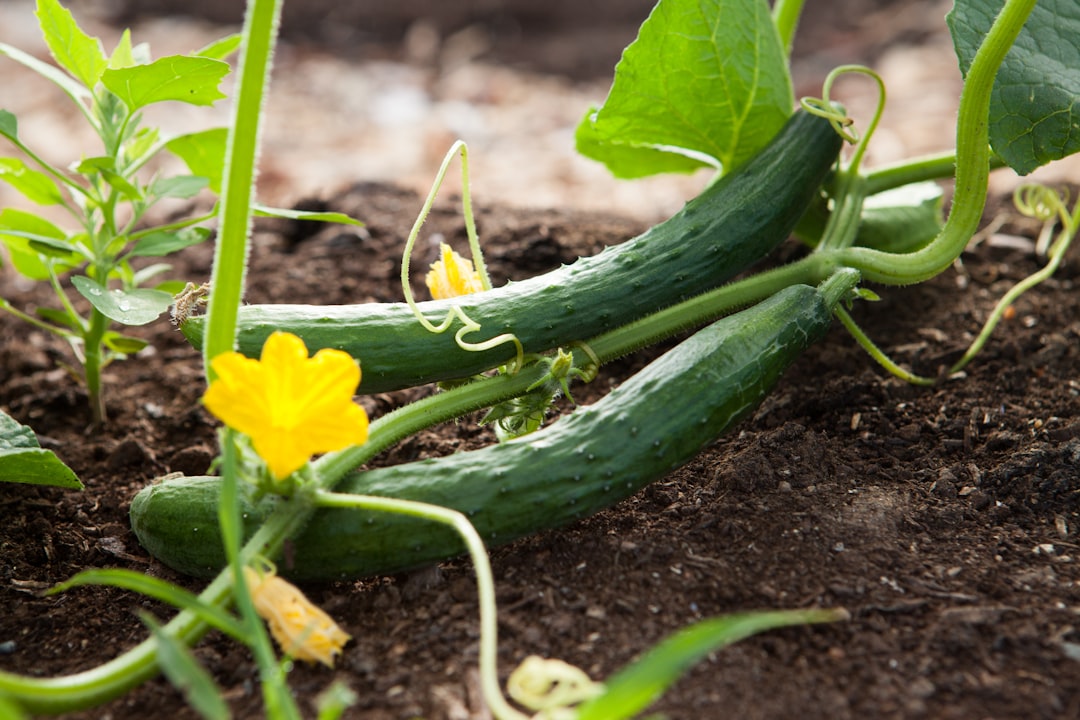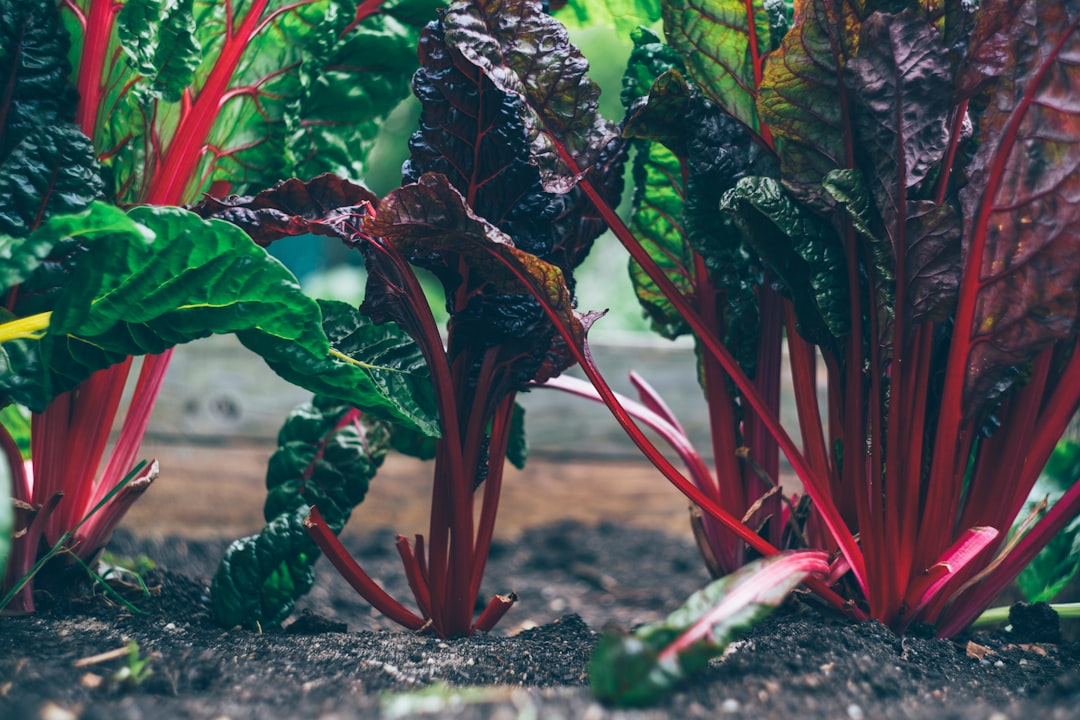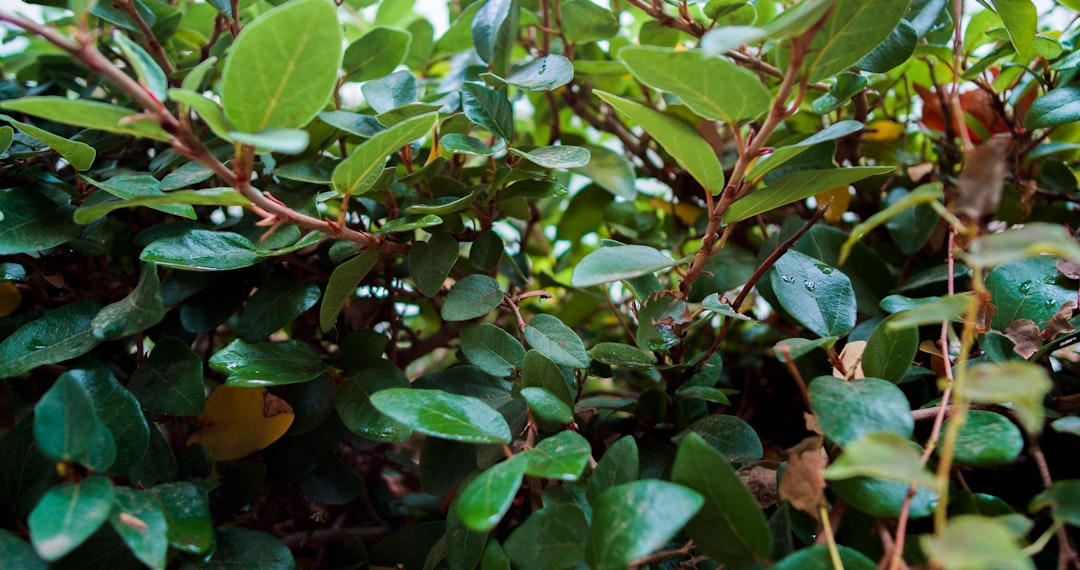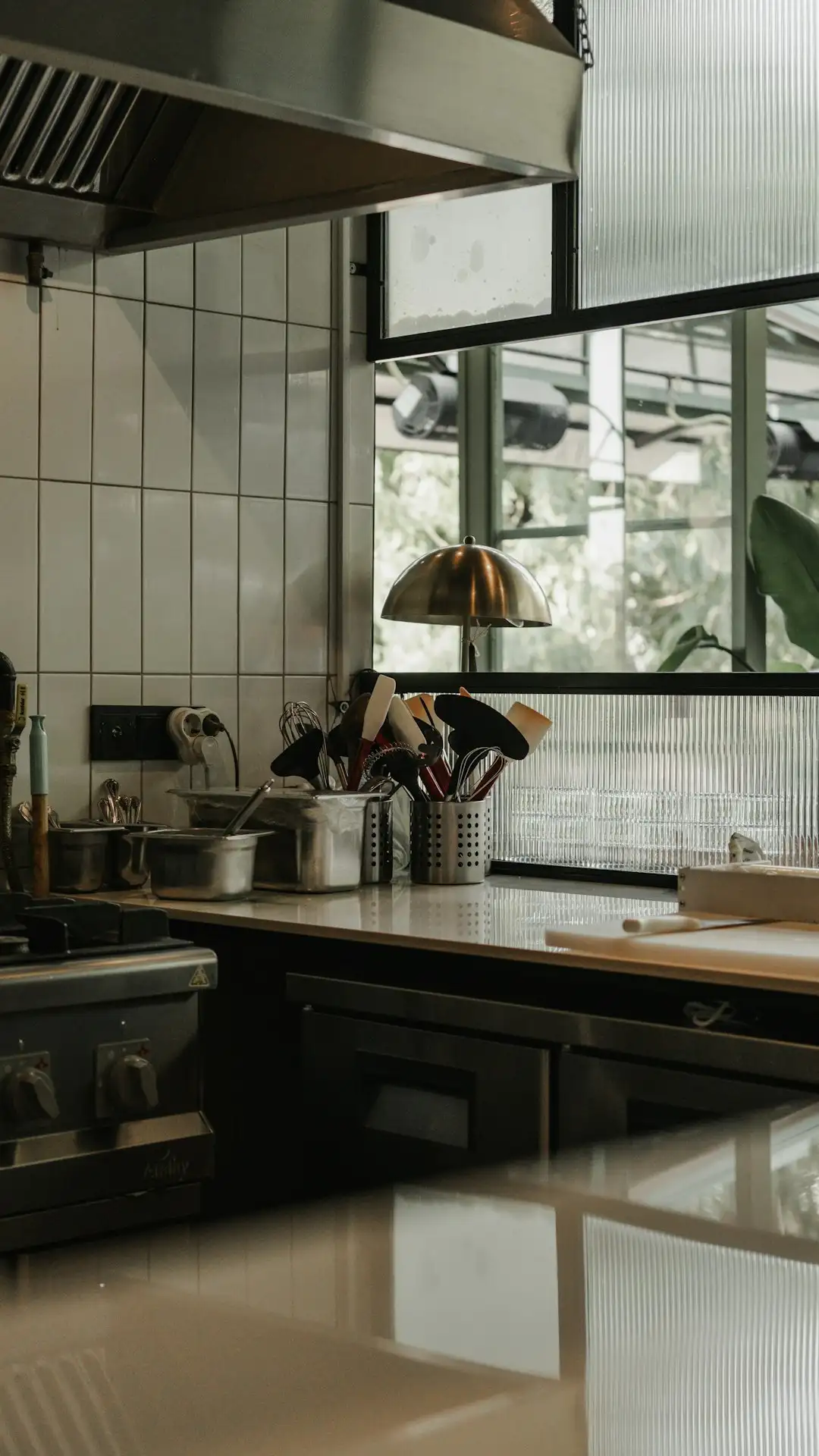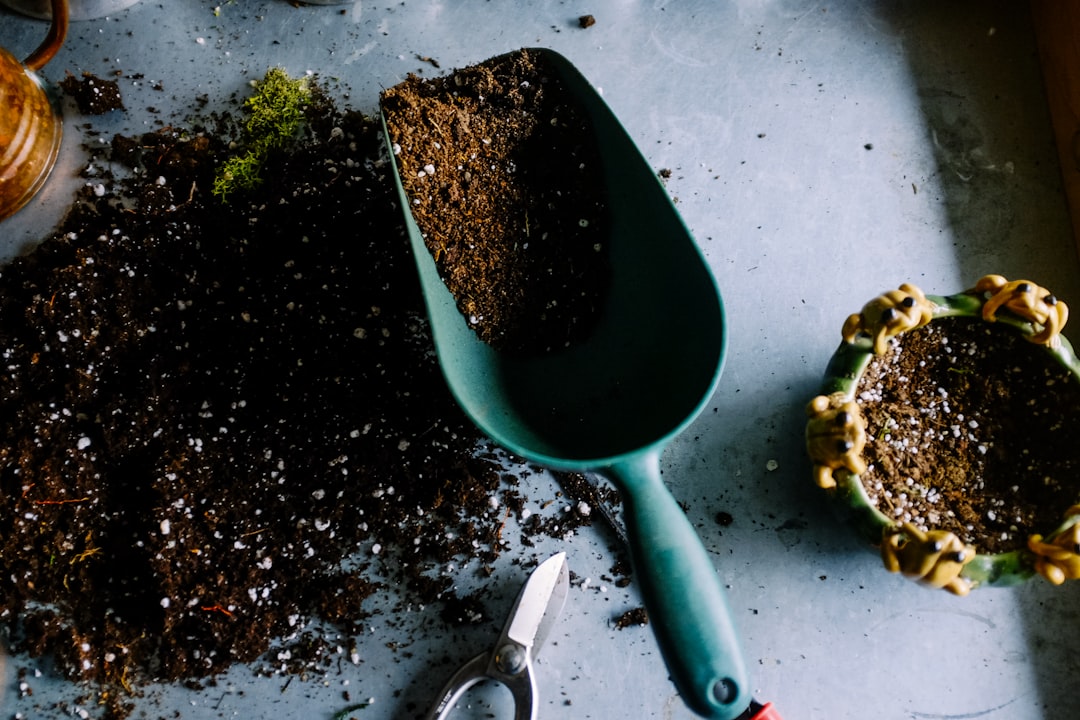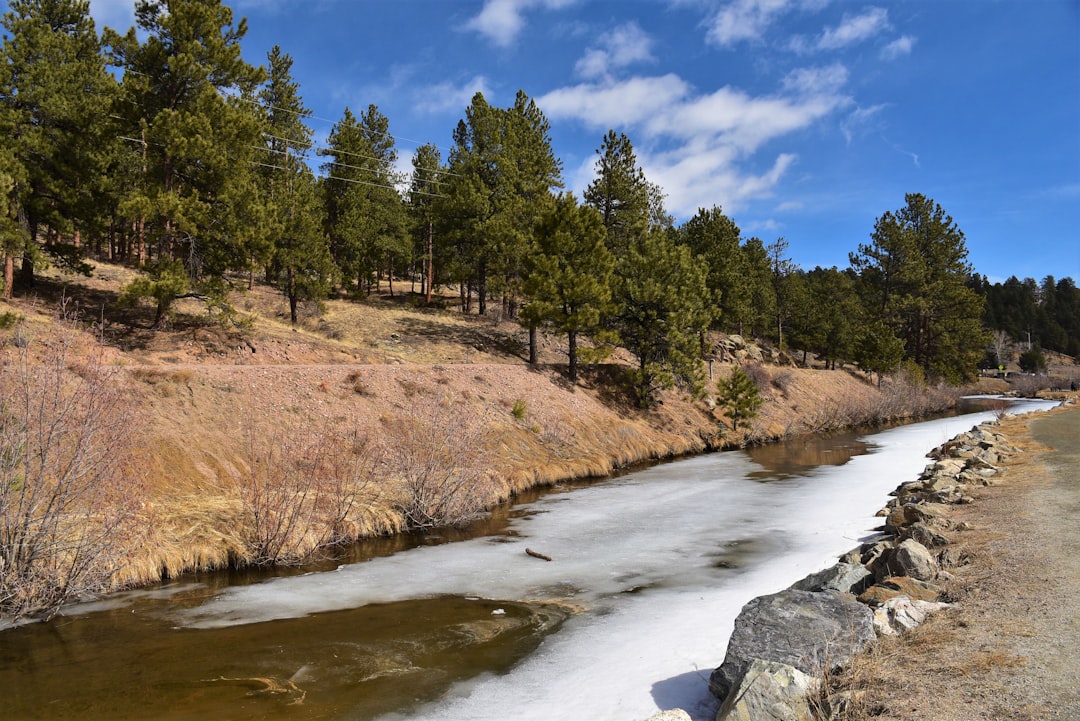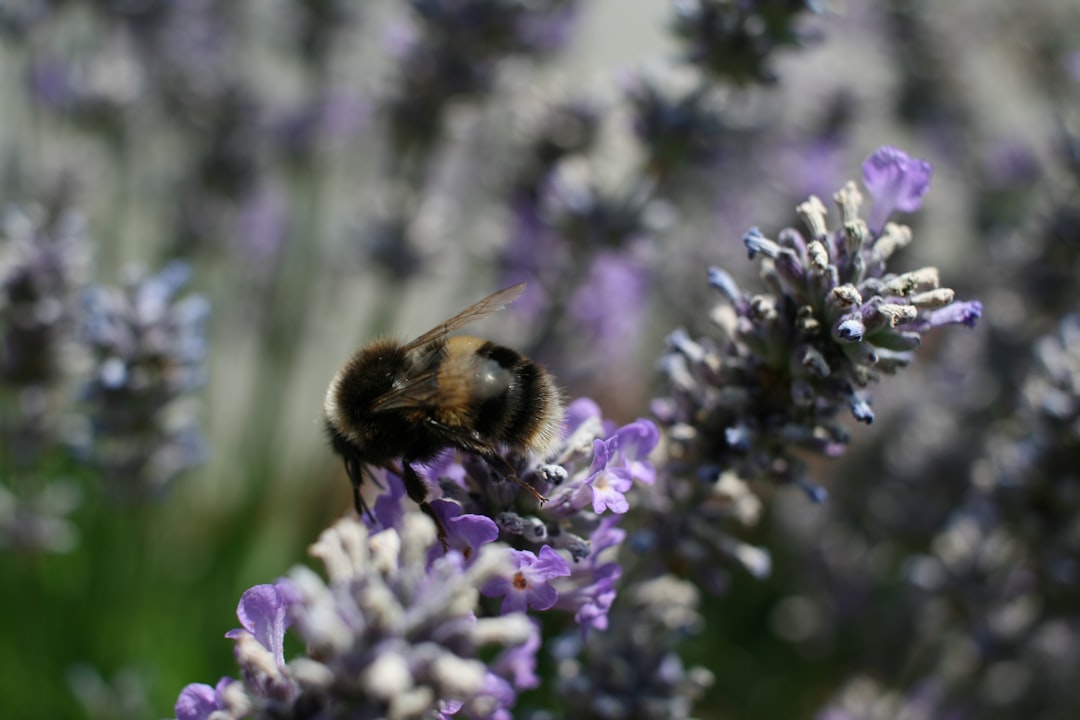
Flowers have always held a special place in the hearts of gardening enthusiasts, and among the many beautiful blooms, the Texas bluebonnet stands out as a true gem. These vibrant flowers not only add a splash of color to any garden but also carry with them the rich cultural heritage of Texas. In this article, we will explore the essential tips for growing Texas bluebonnets, from starting the seeds to nurturing them into full - fledged blossoms.
### Understanding the Texas Bluebonnet
Before delving into the growing process, it's important to understand what makes the Texas bluebonnet unique. The Texas bluebonnet, scientifically known as Lupinus texensis, is the state flower of Texas. It is a member of the legume family and is known for its distinctive blue - purple color, although there are also white and pink varieties. These annual flowers typically bloom in the spring, creating a breathtaking carpet of color across the Texas landscape.
### When to Start the Seeds
Timing is crucial when it comes to starting Texas bluebonnet seeds. The best time to sow the seeds is in the fall, usually between September and November. This allows the seeds to go through a period of cold stratification during the winter months. Cold stratification is a natural process where the seeds are exposed to cold temperatures, which helps break their dormancy and prepares them for germination in the spring. If you miss the fall sowing window, you can try sowing the seeds in early spring, but the success rate may be lower.
### How to Start the Seeds
1. **Seed Preparation**: Texas bluebonnet seeds have a hard outer coating, which can make it difficult for water to penetrate and initiate germination. To overcome this, you can scarify the seeds. Scarification involves gently nicking or scratching the seed coat with a file or sandpaper. This allows water to enter the seed more easily, speeding up the germination process.
2. **Soil Selection**: Bluebonnets prefer well - drained soil with a slightly acidic to neutral pH. You can prepare the soil by loosening it to a depth of about 6 - 8 inches and removing any weeds or debris. Adding organic matter such as compost or aged manure can improve the soil structure and fertility.
3. **Sowing the Seeds**: Scatter the scarified seeds evenly over the prepared soil. Aim for a density of about 10 - 15 seeds per square foot. Lightly rake the soil to cover the seeds with about 1/4 to 1/2 inch of soil. Water the area gently but thoroughly to ensure good seed - to - soil contact.
### Caring for the Seedlings
Once the seeds germinate, which usually takes about 1 - 2 weeks, you need to provide proper care to ensure healthy growth. Here are some key points to keep in mind:
1. **Watering**: Bluebonnets are relatively drought - tolerant once established, but they need regular watering during the germination and early growth stages. Water the seedlings deeply but infrequently, allowing the soil to dry out slightly between waterings. Avoid over - watering, as this can lead to root rot.
2. **Fertilization**: Since bluebonnets are legumes, they have the ability to fix nitrogen from the air with the help of symbiotic bacteria in their roots. Therefore, they generally do not require heavy fertilization. However, you can apply a light application of a balanced fertilizer in the early spring to give the plants a boost.
3. **Weed Control**: Keep the area around the bluebonnet seedlings free of weeds. Weeds can compete with the seedlings for nutrients, water, and sunlight. You can hand - pull the weeds or use a mulch to suppress their growth.
### Dealing with Pests and Diseases
Texas bluebonnets are generally resistant to most pests and diseases. However, they can sometimes be affected by aphids, spider mites, or fungal diseases. To prevent pest infestations, you can regularly inspect the plants and use insecticidal soap or neem oil if necessary. For fungal diseases, ensure good air circulation around the plants and avoid overhead watering.
### Enjoying the Blooms
With proper care and attention, your Texas bluebonnets will start to bloom in the spring. The sight of these beautiful flowers in full bloom is truly a sight to behold. You can cut some of the flowers for indoor arrangements or simply enjoy them in your garden. After the flowers have faded, allow the plants to set seed. The seeds can be collected for future plantings, ensuring that you can enjoy the beauty of Texas bluebonnets year after year.
In conclusion, growing Texas bluebonnets can be a rewarding experience. By following these essential tips on when and how to start the seeds, as well as providing proper care throughout the growing season, you can create a stunning display of these iconic flowers in your own garden. So, roll up your sleeves, get your hands dirty, and let the magic of Texas bluebonnets unfold in your backyard.
New






